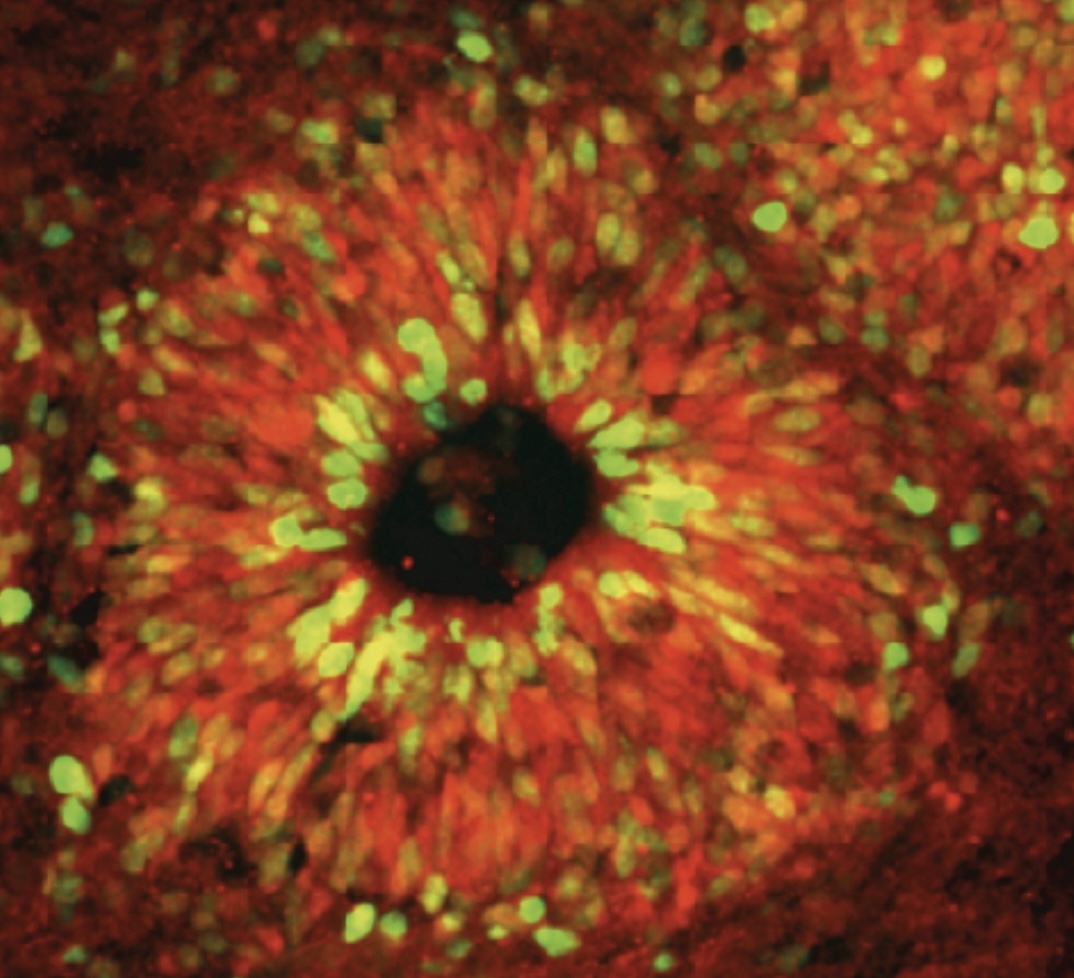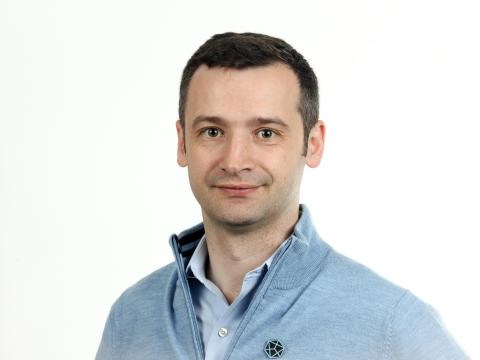Biography
Interested in the mechanisms controlling the maintenance of nuclear and mitochondrial genomes in mature neurons, Prof Gabriel Balmus joined the UK DRI at Cambridge in 2018. Obtaining his PhD in Molecular and Integrative Physiology in 2013 at Cornell University, USA, he went on to complete postdoctoral training at the Gurdon Institute at University of Cambridge and the Wellcome Trust Sanger Institute. As Group Leader, Gabriel brings his wealth of expertise to research genomic instability in neurodegenerative diseases.
Balmus Lab
Explore the work of the Balmus lab, aiming to identify neuroprotective mechanisms against genomic instability accrual in ageing and neurodegeneration.

